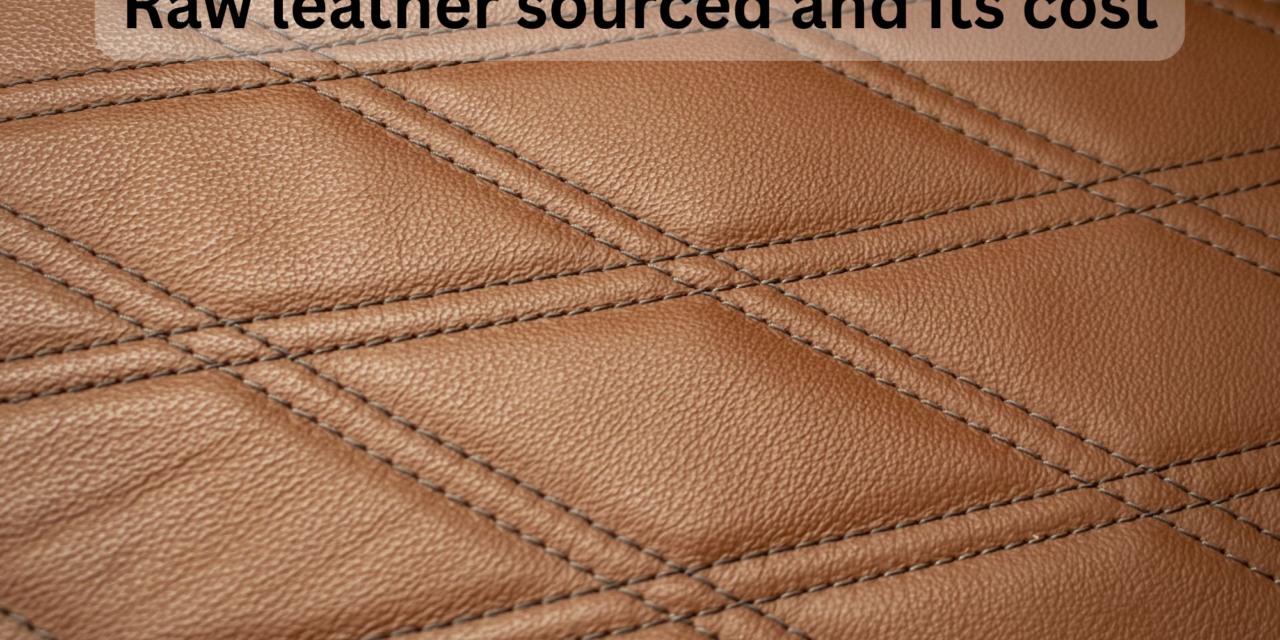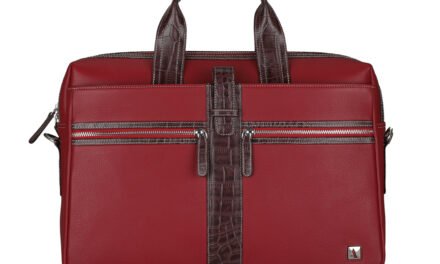Raw leather is sourced from animal hides or skins that are a byproduct of the meat and dairy industries. The process of sourcing involves multiple steps, including collecting hides, preservation, and transportation to tanneries for further processing. The cost of raw leather depends on several factors, including the type of animal, quality of the hide, global market demand, and production-related logistics.
1. Sourcing Process of Raw Leather
The process of sourcing raw leather begins with animal slaughter for meat production. Hides are treated as byproducts and collected for leather processing. Below are the key steps:
A. Collection of Hides
- Hides are primarily sourced from slaughterhouses, meat-processing plants, and farms.
- Common animals include:
- Cattle (cow and buffalo): Most widely used due to hide size and strength.
- Sheep and Goats: Preferred for softer, thinner hides used in clothing and accessories.
- Pigs: Their hides are used for split leather and lower-grade products.
- Exotic animals: Crocodile, ostrich, deer, and snakes for luxury goods.
B. Preservation of Hides
- Raw hides begin to decay quickly due to moisture and bacteria. Preservation methods include:
- Salting: Covering hides with salt to absorb moisture and prevent bacterial growth.
- Drying: Air-drying or sun-drying hides, especially in smaller markets.
- Freezing: Freezing hides to slow decay during transport in cold supply chains.
C. Transport to Tanneries
- Preserved hides are transported to tanneries for processing.
- Hides may pass through intermediaries or traders who specialize in rawhide procurement.
D. Selection and Sorting
- Hides are sorted based on size, thickness, quality, and absence of defects such as scars, insect bites, or holes.
2. Factors Affecting the Cost of Raw Leather
The cost of raw leather fluctuates based on various economic, environmental, and production-related factors:
A. Type of Animal
- Cattle Hides: The most common and cost-effective due to their large surface area. Larger hides reduce wastage during processing.
- Sheepskin and Goatskin: More affordable but smaller and thinner, used for lightweight leather products.
- Exotic Hides: Crocodile, ostrich, and deer hides are rare, challenging to process, and command premium prices.
B. Quality of the Hide
- Hides with minimal defects (no scars, holes, or stretch marks) fetch higher prices.
- Premium-grade hides come from animals raised in healthy environments with proper care.
C. Geographic Location
- Region of Sourcing: Countries with large cattle industries (e.g., Brazil, India, Argentina, and USA) are major suppliers.
- Climate Conditions: Warmer climates can lead to insect bites and skin damage, lowering hide quality.
- Labor Costs: Countries with lower labor costs can offer hides at more competitive prices.
D. Preservation and Transportation Costs
- Proper preservation methods, like salting or freezing, increase costs but maintain hide quality.
- Long-distance transportation adds costs due to shipping fees, fuel prices, and cold-chain logistics.
E. Global Supply and Demand
- High demand for leather products (e.g., shoes, bags, automotive upholstery) drives up raw leather costs.
- Seasonal Demand: Leather demand peaks during specific seasons or fashion trends, affecting rawhide prices.
F. Environmental Regulations
- Stricter environmental laws in some regions (e.g., banning certain tanning chemicals) impact rawhide costs as suppliers must comply with sustainable practices.
- Hides from regions with ethically managed farms may cost more due to higher animal welfare standards.
G. Processing Wastage
- Larger hides are preferred because they result in less wastage during cutting and tanning. Smaller hides or hides with defects reduce yield, increasing costs for manufacturers.
H. Currency Fluctuations
- Raw leather is traded globally, and fluctuations in currency exchange rates can significantly impact its cost.
I. Market Disruptions
- Events like disease outbreaks (e.g., foot-and-mouth disease in cattle), droughts, or pandemics disrupt animal farming and hide supply, driving prices up.
- Supply chain disruptions, such as port congestion or fuel price hikes, add to transportation costs.
4. Ethical and Sustainable Sourcing
The growing demand for ethically sourced leather influences both cost and market value:
- Traceable Hides: Sourcing from farms that ensure ethical treatment of animals increases transparency but raises costs.
- Sustainable Practices: Environmental regulations requiring eco-friendly tanning and waste management increase expenses but align with modern consumer preferences.
Conclusion
The sourcing of raw leather involves collecting hides from animals as a byproduct of the meat and dairy industries, followed by preservation and transportation to tanneries. The cost of raw leather depends on various factors, including animal type, hide quality, global demand, and transportation logistics. Additional influences, such as environmental regulations and the adoption of ethical sourcing practices, further impact pricing. Manufacturers must balance cost, quality, and sustainability to meet the needs of modern consumers and industries.
Hashtags
#LeatherManufacturing #EcoFriendlyLeather #LeatherSustainability #LeatherGoods #LeatherFashion #LeatherProducts #LeatherBusiness #LeatherSuppliers #LeatherImportExport #LeatherIndustryNews #LeatherExpertise #LeatherDesign #LeatherArtisans #LeatherInnovation #LeatherTechnology #LeatherSupply #LeatherDemand #LeatherQuality #LeatherMarket #LeatherProfessionals #LeatherKnowledge







